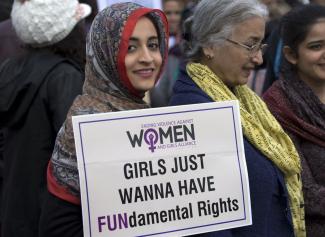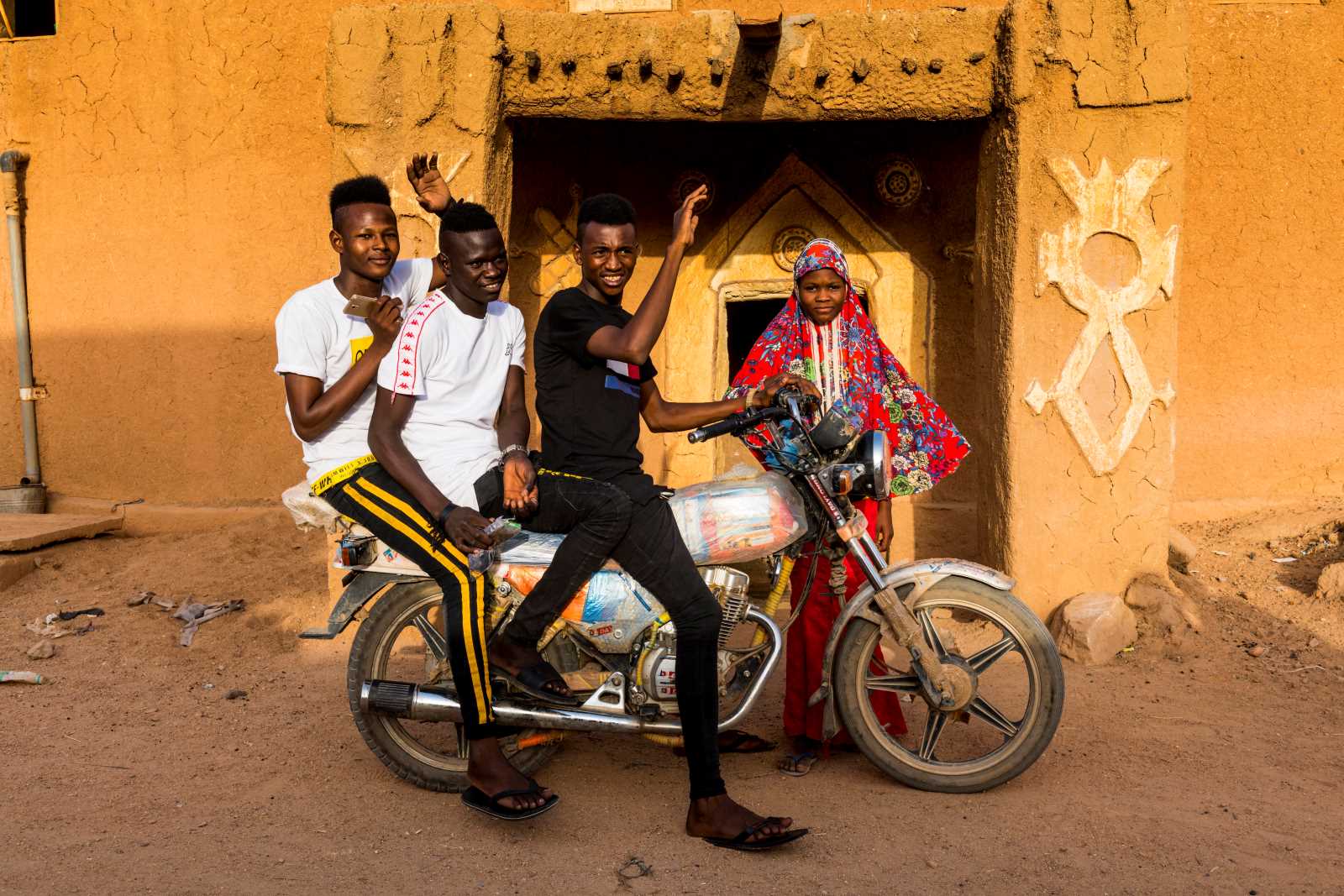Gender
Changing stereotypes

The latest Human Development Report ranks Pakistan as 146th of 166 countries (for information on history of the index, see interview with Achim Steiner, the UNDP administrator, in D+C/E+Z 2020/09, Focus section). On average, women have higher life expectancies, more years of schooling and a better standards of living in 145 other countries than Pakistan.
The World Economic Forum’s 2020 Global Gender Gap Report sees Pakistan in an even worse place, with women only being more excluded from economic opportunities, education and political participation in Yemen and Iraq than in Pakistan. A recent expert poll carried out by the Thomson Reuters Foundation similarly determined that Pakistan is the third most dangerous country for women to live in.
In the eyes of international experts, misogyny thus marks Pakistan’s culture. That is not how many Pakistani women see it, however. Opinion polls show, for example, that 42 % of married women in Pakistan consider wife beating to be justified. Among men, only 40 % think so.
The fifth Sustainable Development Goal (SDG) of the UN is about gender equality. One aspect is that women and girls must be empowered in terms of reproductive health. That includes the right to decide how many children they want. Sex education and access to contraceptives matter very much in this context (see my contribution in Focus section of D+C/E+Z e-Paper 2020/04). Millions of married women in Pakistan willingly risk their lives for child bearing, however. The general assumption is that the ideal family size includes at least four children. Mothers and expecting mothers, moreover, have a strong preference for sons.
All SDG indicators that relate to gender issues collide with Pakistan’s prevailing norms in one way or another. While some Pakistani women challenge those norms, most do not.
In recent years, rallies were held to celebrate International Women’s Day in Pakistan’s cities. A very popular slogan is “my body, my choice”. It has gained particular notoriety in Pakistan’s conservative circles. They consider it to be a shameful and obscene appeal to be promiscuous.
Men and women alike take part in the organised backlash. Last year, the legislative assembly unanimously adopted a resolution in condemnation of the march. It was proposed by a female legislator.
A principle of development cooperation is “national ownership”. It means that international agencies must neither insist on policies nor fund programmes that are not in line with the priorities of a developing country’s government. Those governments, of course, pay attention to cultural norms. The plain truth is that supposedly enlightened global norms sometimes clash with local traditions. People’s world view shapes their ideas of what development should bring.
Ultimately, Pakistani society must sort out gender issues in Pakistan. International donors should not assertively engage in this debate, though some non-conspicuous support for civil-society organisations will probably not hurt.
Things are more promising than they seem at first glance. Girls’ education has been improving over the years. Women are gradually becoming more assertive. The budding women’s rights marches are proof. Moreover, women in positions of leadership serve as role models.
In 1988, Benazir Bhutto became Pakistan’s first female prime minister, 17 years before Angela Merkel took office as Germany’s first female chancellor. Today, about 20 % of the members of parliament are women. That share was two percent in the constituent assembly elected in 1947. It is true that many women legislators belong to political dynasties or have benefited from reservations, but that does not diminish their relevance as role models.
Data can be read in several ways. Some 70 % of Pakistan’s medical students are female, but only half of them will eventually work as physicians. The reason is that, for many Pakistani women, earning a degree in medicine is more about catching a good husband than about a professional choice. That is regrettable. On the upside, more than half of the medical students who one day will work in this high-prestige profession are women.















